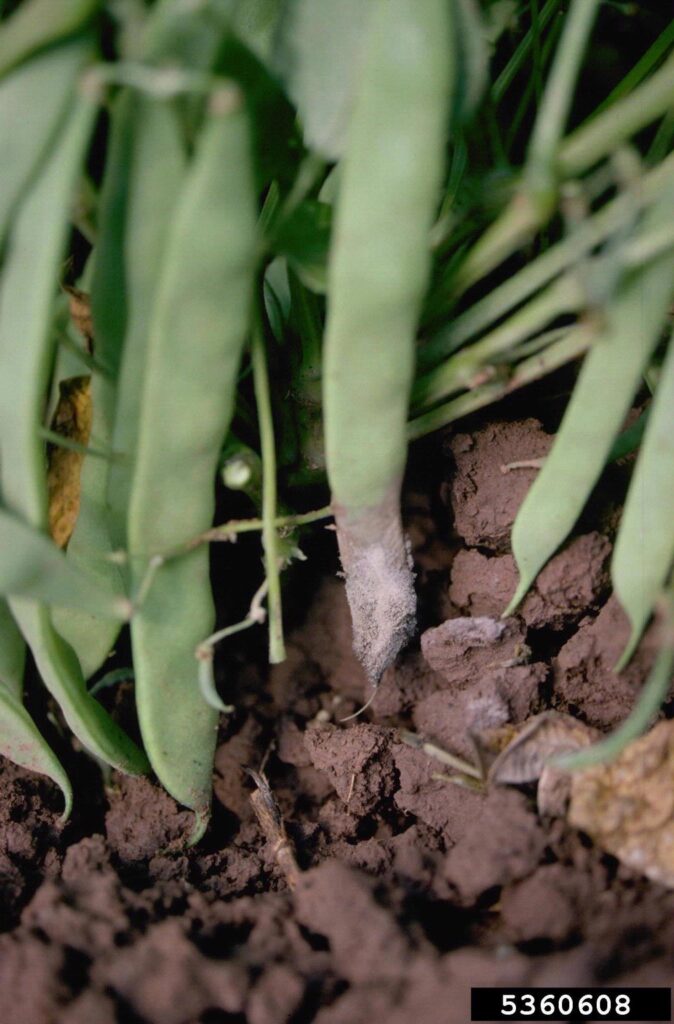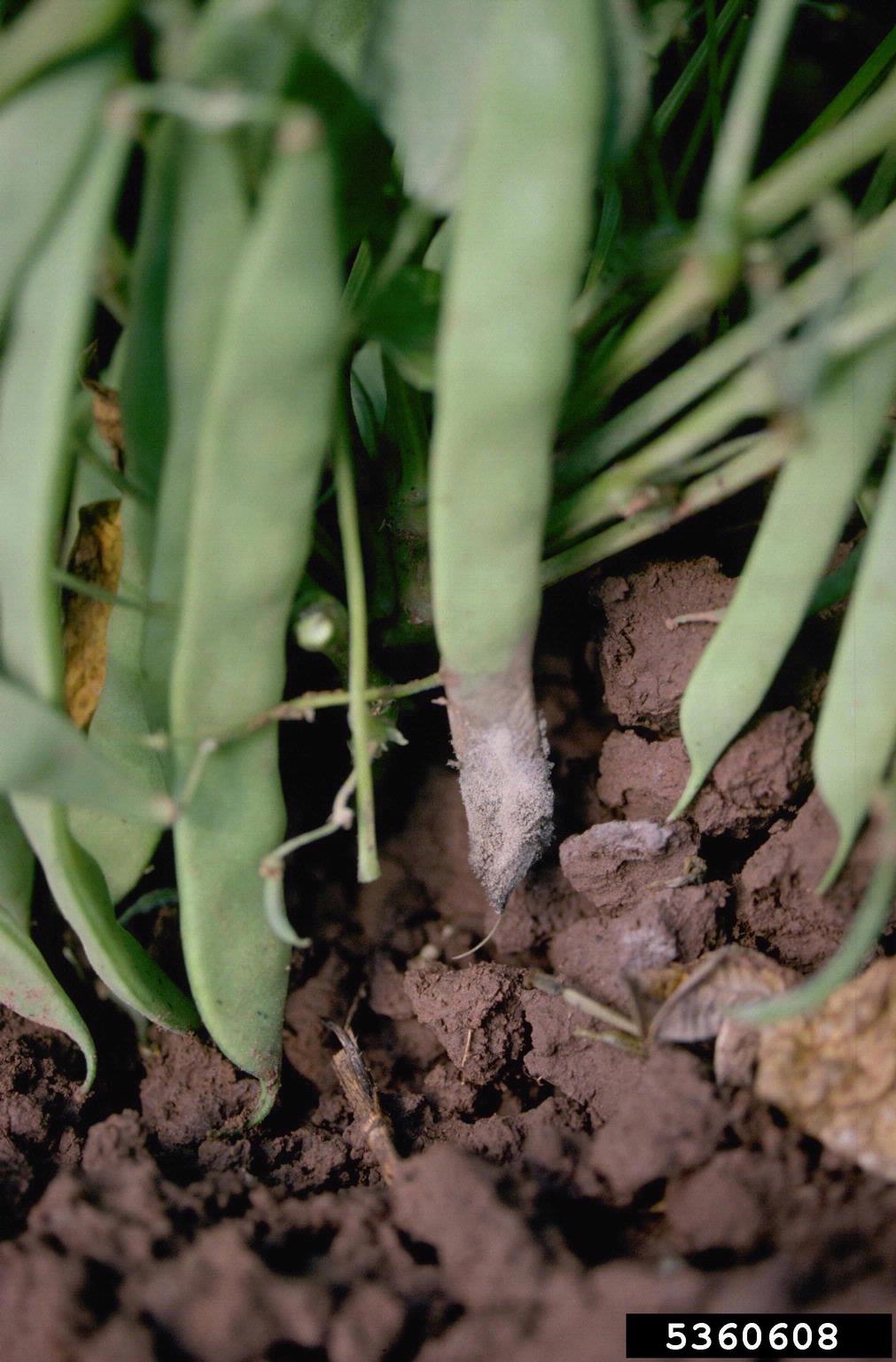So you’ve harvested your fresh batch of green beans from the garden, but to your dismay, they’re all fuzzy! It’s a perplexing sight, and you’re left wondering what could have caused this strange phenomenon. In this article, we’ll explore the common causes behind fuzzy green beans and shed some light on why your otherwise crisp and tender beans have taken on an unexpected hairy appearance. Get ready to dig into the fascinating world of green beans and uncover the secrets behind their fuzzy predicament.
Common Causes of Fuzzy Green Beans
If you’ve ever encountered fuzzy green beans in your garden or grocery store, you might be wondering what causes this undesirable texture. Fuzzy green beans can be unappetizing and may indicate underlying issues. Let’s explore the common causes of fuzzy green beans and learn how to prevent them.

1. Overripe Beans
One of the primary causes of fuzzy green beans is allowing them to become overripe. When beans mature too long on the vine, their texture can change, becoming tougher and developing a fuzzy appearance. It’s essential to harvest your green beans at the appropriate time to avoid this issue. Look for plump, smooth beans that are still tender, and snap easily when bent.
2. Presence of Fungal Disease
Fungal diseases can wreak havoc on the health of your green bean plants, leading to various issues, including fuzzy beans. Certain fungi, such as powdery mildew or downy mildew, can cause a fuzzy or powdery growth on the leaves, stems, and pods of the plant. These fungal infections often thrive in high humidity or damp conditions. To prevent fungal diseases, ensure good air circulation, avoid overwatering, and remove any infected plants promptly.

3. Insect Infestation
Insects can also cause green beans to become fuzzy. Aphids, in particular, are known for attacking bean plants and causing deformities and secretions that lead to a fuzzy appearance. These tiny pests feed on the sap of the plants, causing distortion and attracting other insects, such as ants. Regularly inspect your bean plants for signs of insect infestation and take appropriate measures, such as using insecticidal soap or introducing natural predators, to control the pest population.
4. Nutrient Deficiency
Like any other plant, green beans require specific nutrients to grow and develop properly. A deficiency in essential nutrients can lead to various problems, including fuzzy beans. Nitrogen deficiency, for example, can cause stunted growth and poor pod development, resulting in a fuzzy texture. Ensure your soil is well-balanced and provide appropriate fertilizers to prevent nutrient deficiencies in your green bean plants.

5. Excessive Moisture
While green beans require a certain amount of moisture to thrive, excessive moisture can lead to fuzzy beans. Overwatering or heavy rainfall can saturate the soil, creating a breeding ground for fungal pathogens. Excess moisture can also disrupt nutrient uptake by the plants, contributing to poor plant health and fuzzy bean formation. Stay mindful of your watering practices, avoid overwatering, and provide proper drainage to prevent this issue.
6. Environmental Stress
Green beans are sensitive to environmental stressors, such as extreme temperatures or fluctuations. Growing green beans in unsuitable conditions can lead to fuzzy beans. High temperatures can cause heat stress and lead to poor pod development and texture changes. On the other hand, cold temperatures can hinder proper pollination and cause pod deformities. Ensure you plant your green beans in an appropriate season and provide adequate protection against extreme weather conditions.

7. Genetic Factors
Genetic factors can also play a role in the development of fuzzy green beans. Certain bean varieties or cultivars may be more prone to developing a fuzzy texture due to their genetic makeup. If you consistently experience fuzzy bean production despite taking proper care, consider trying different bean varieties that are known for their smooth texture.
8. Improper Storage
Even if your green beans start off smooth and crisp, improper storage can lead to them becoming fuzzy. Storing beans in humid or warm conditions can contribute to the growth of molds or fungi on the pod’s surface, resulting in a fuzzy appearance. To maintain the quality of your green beans, store them in a cool, dry place, such as the refrigerator, and ensure proper ventilation to prevent moisture buildup.
9. Improper Harvesting Techniques
Harvesting green beans incorrectly can also contribute to their fuzziness. Pulling the beans forcefully or mishandling them can cause damage to the pod’s surface or its internal structure, resulting in a less appealing texture. When harvesting green beans, gently snap them off the vine, ensuring you don’t damage the pod. This will help maintain their freshness and prevent fuzziness.
10. Improper Cleaning and Washing
Lastly, improper cleaning and washing techniques can contribute to the fuzziness of green beans. Rough handling or scrubbing the beans vigorously can damage their delicate surface and lead to a fuzzy appearance. When cleaning your green beans, use gentle motions and avoid excessive force. Rinse them with cool water and pat them dry with a clean towel to maintain their smoothness.
In conclusion, fuzzy green beans can be caused by a variety of factors, including overripeness, fungal diseases, insect infestations, nutrient deficiencies, excessive moisture, environmental stress, genetic factors, improper storage, improper harvesting techniques, and improper cleaning and washing. By being mindful of these causes and taking appropriate preventive measures, you can enjoy crisp, smooth green beans that are delicious and visually appealing. So, next time you spot fuzzy green beans, remember to investigate the possible causes and take action to ensure the best quality produce.




